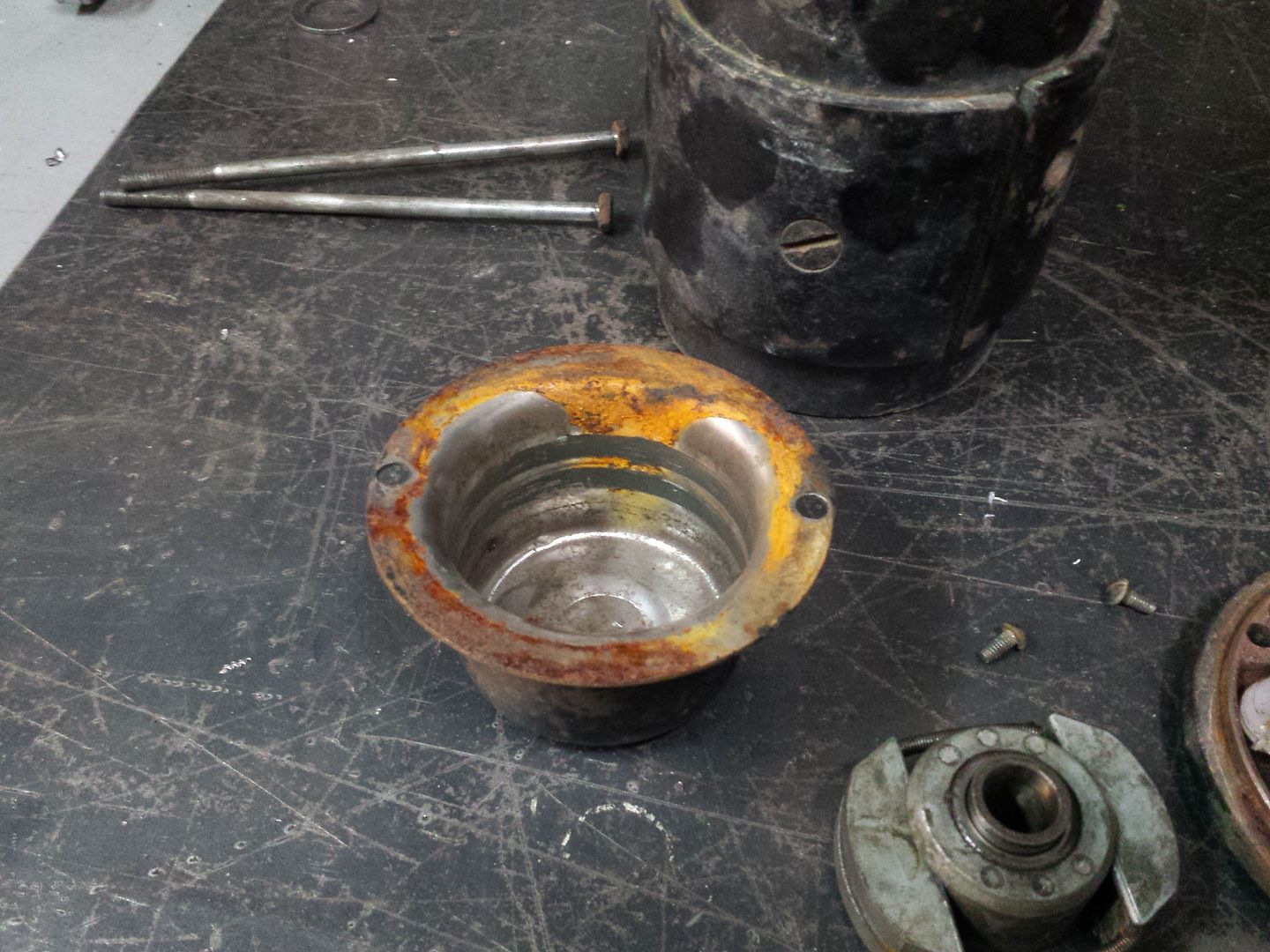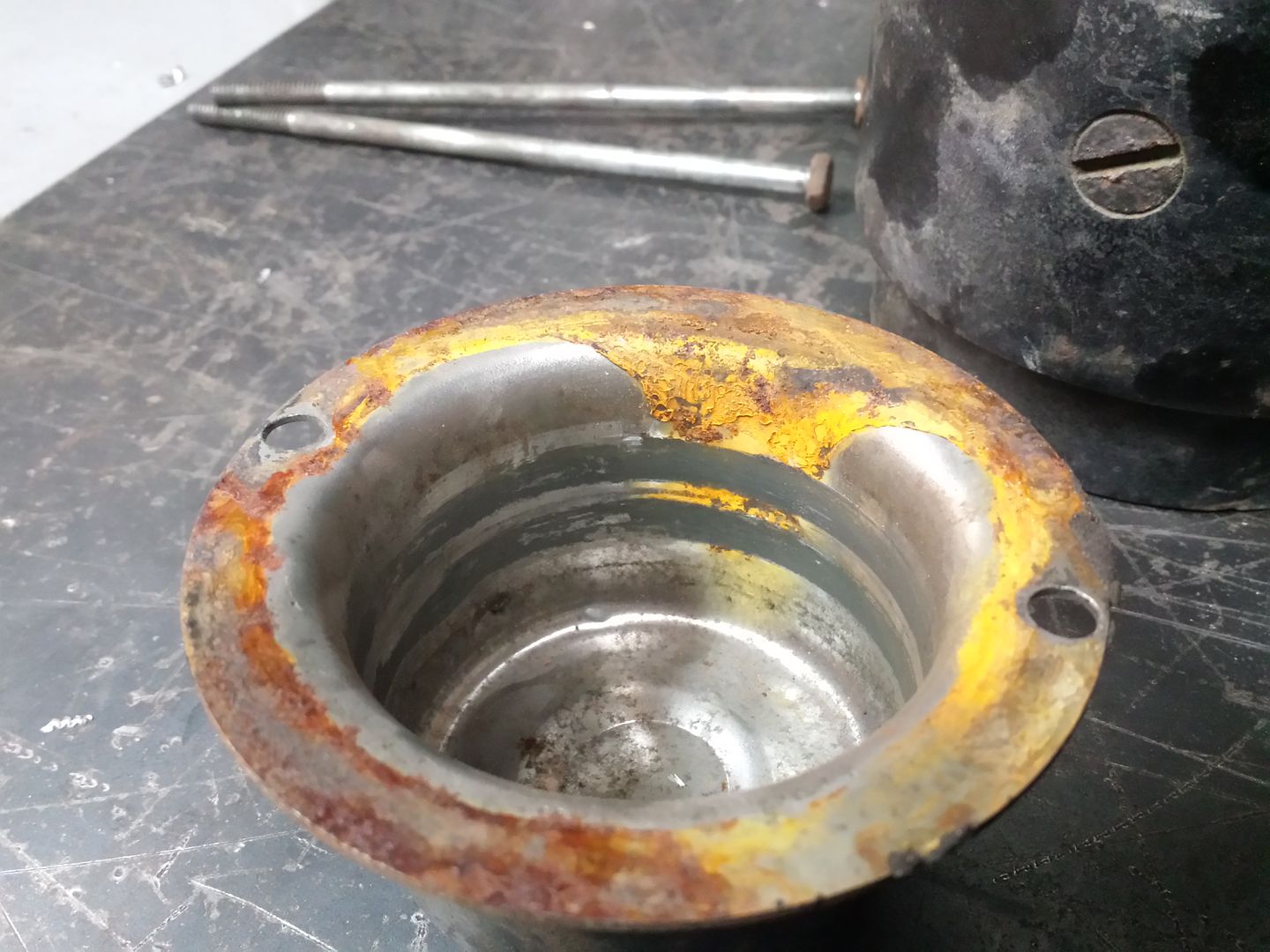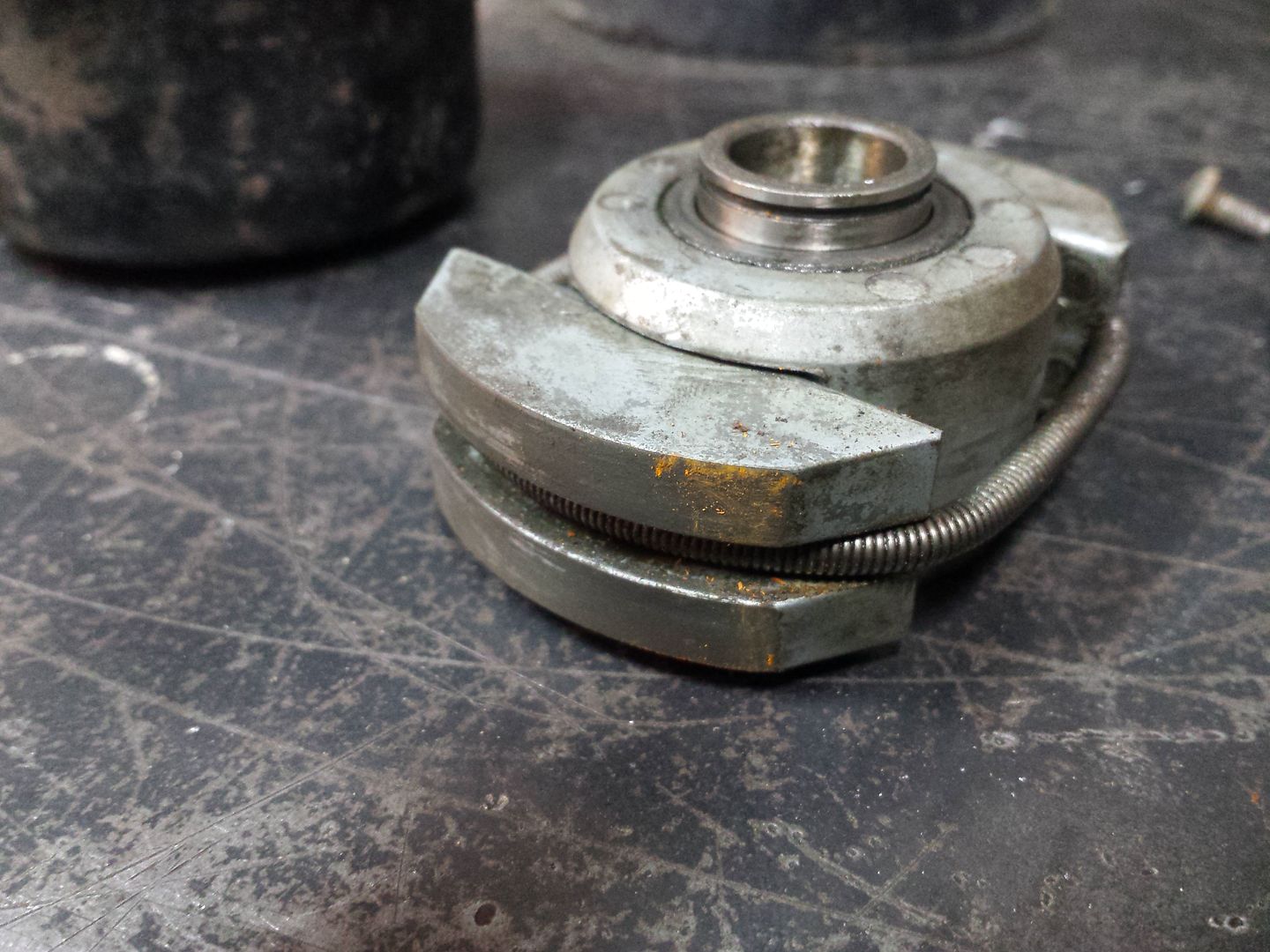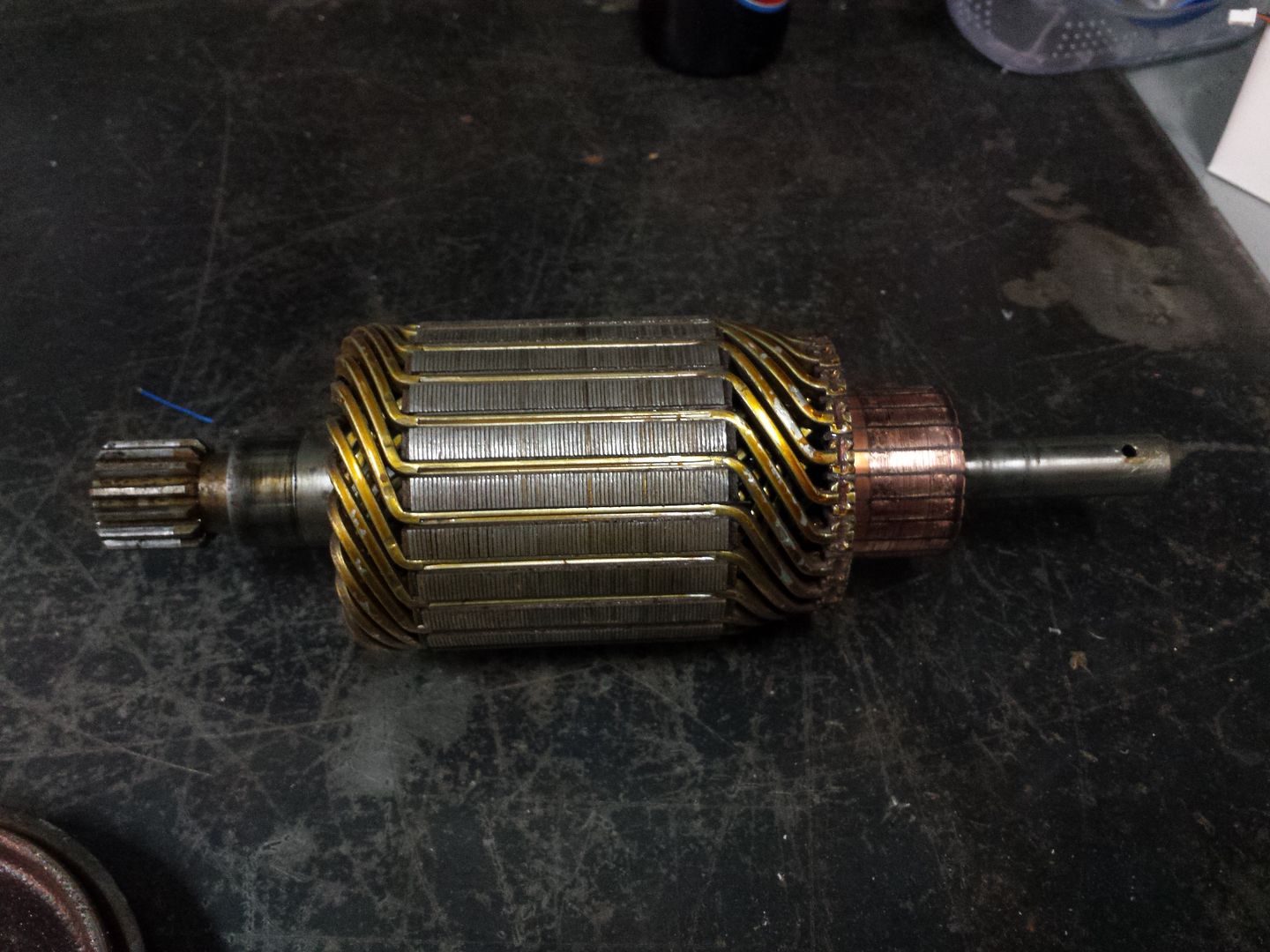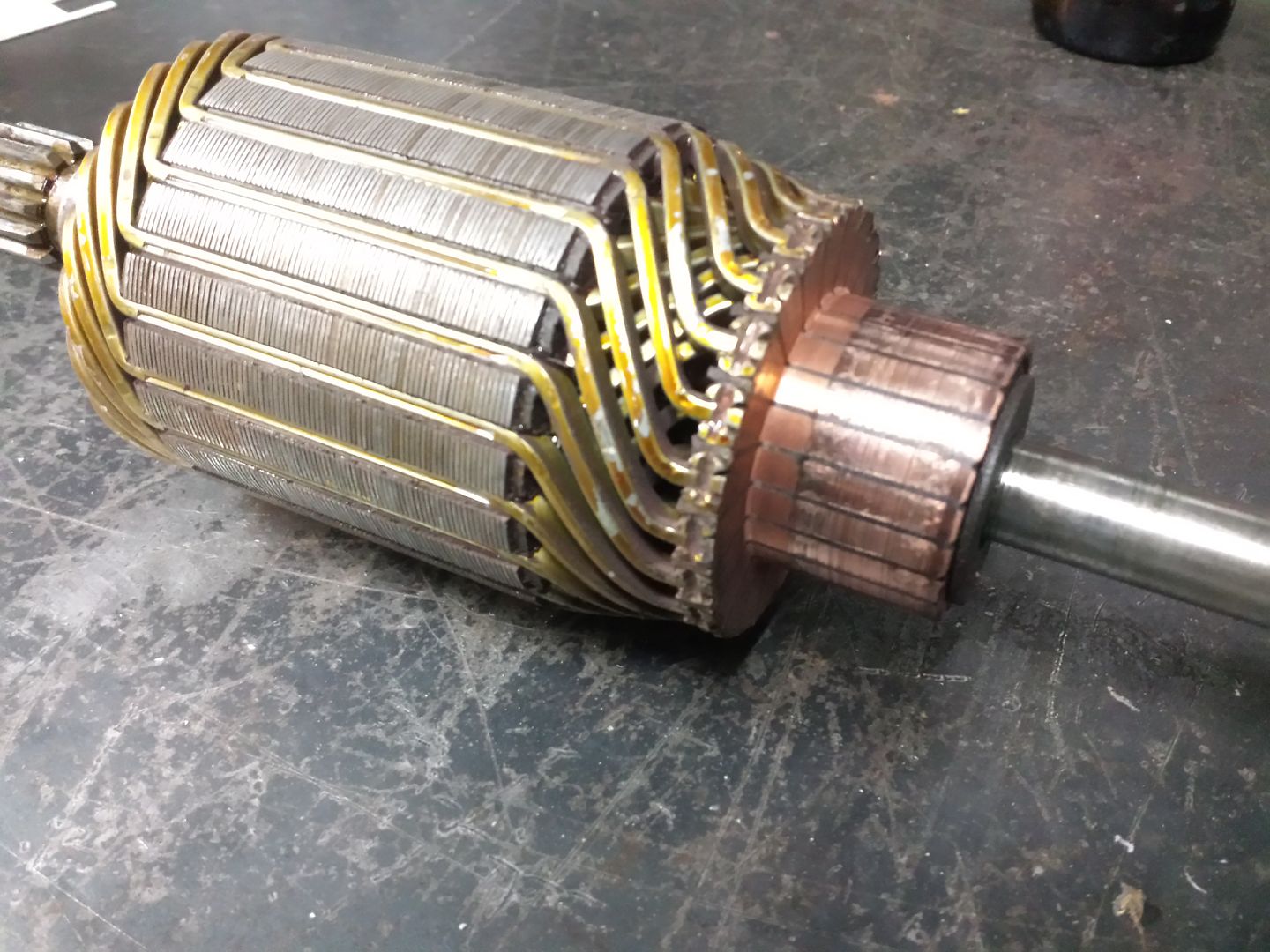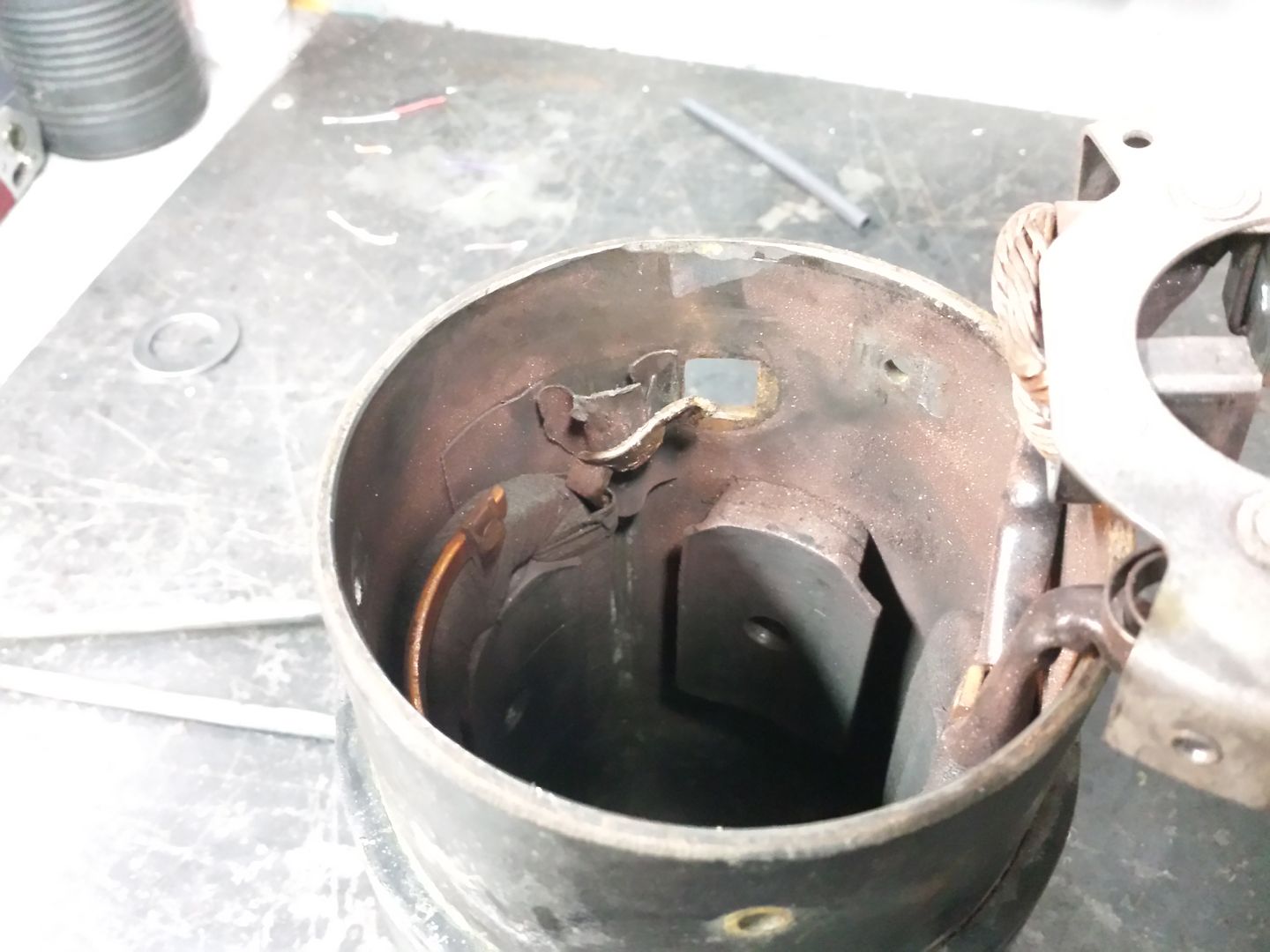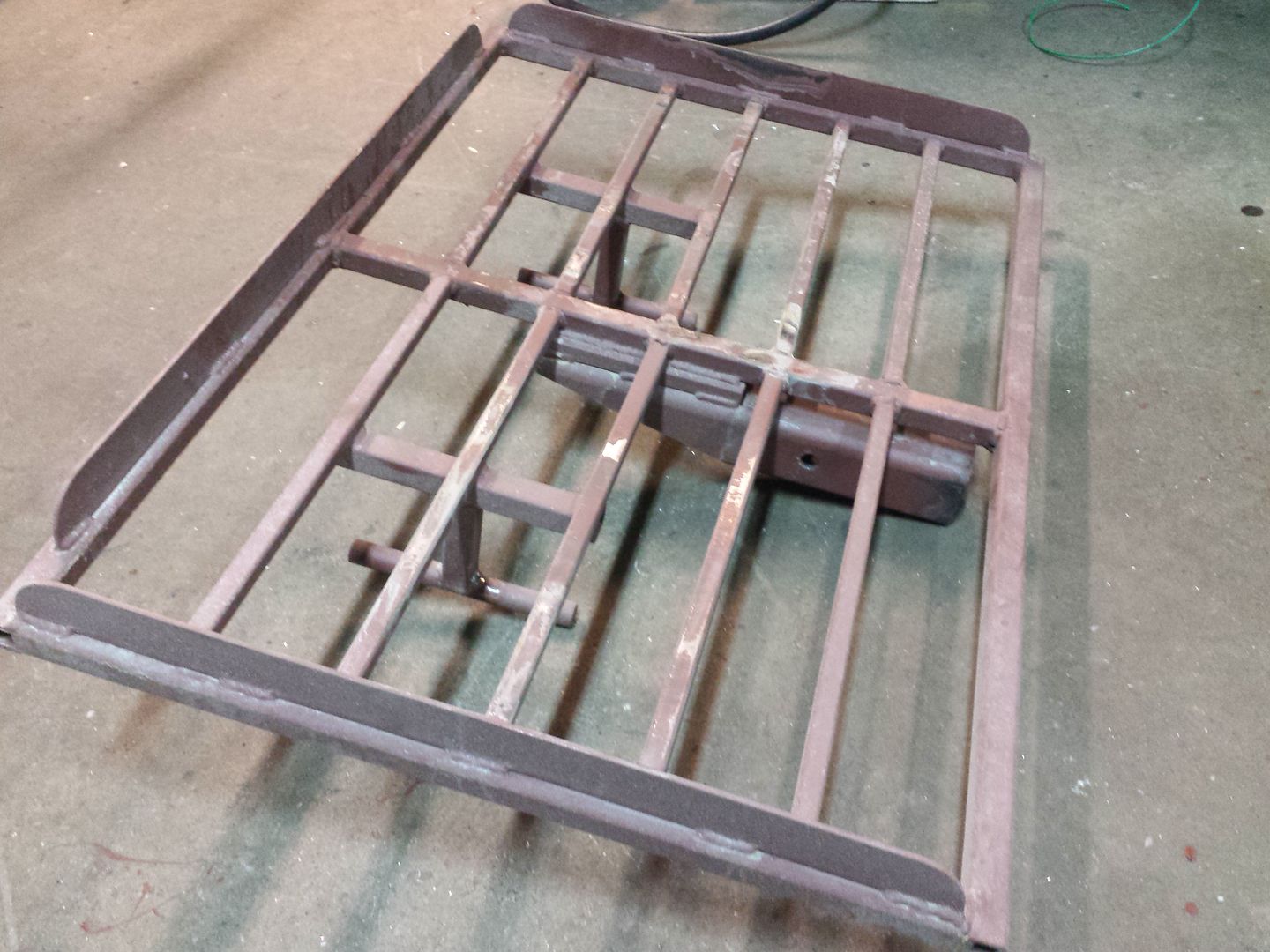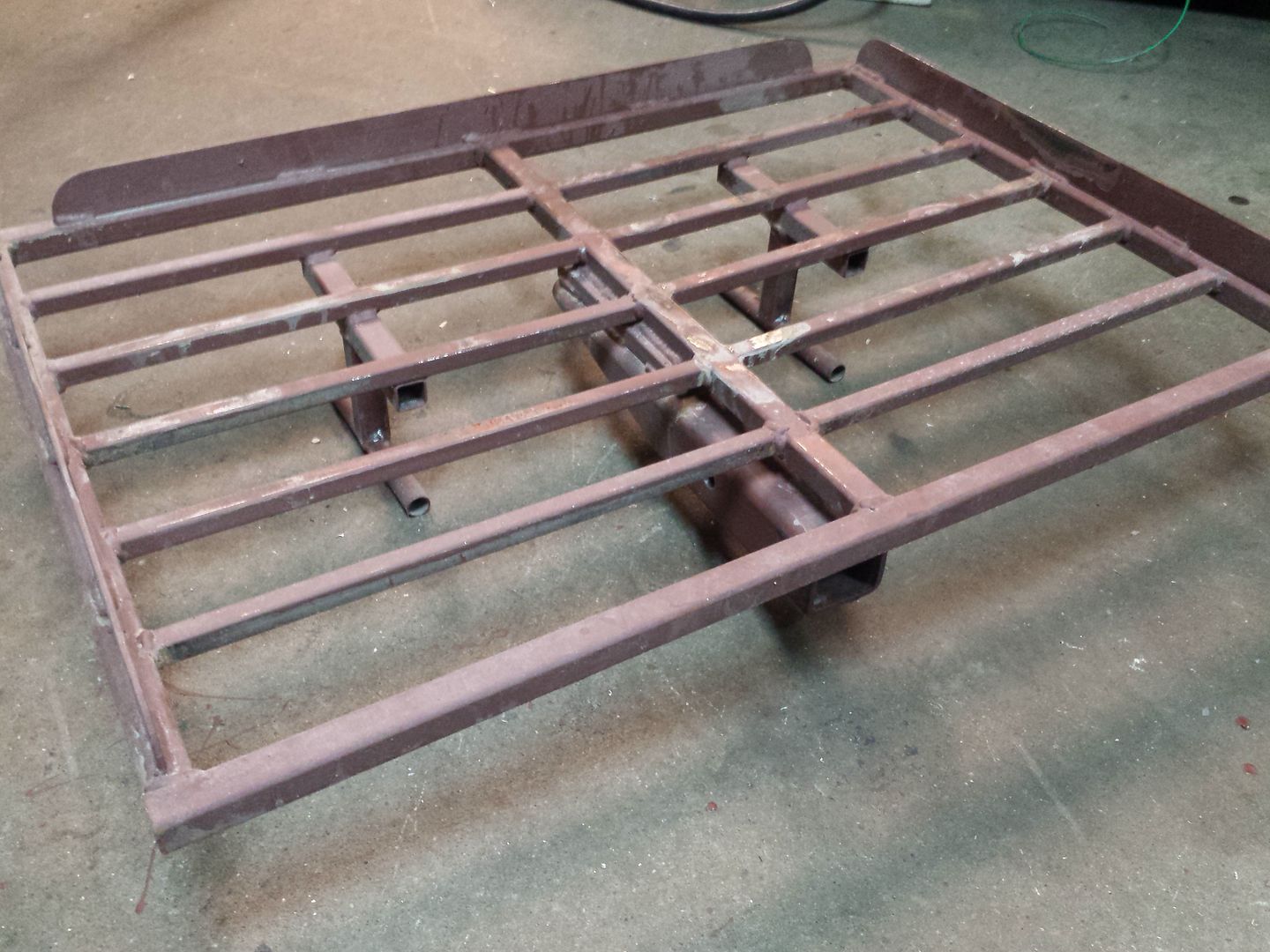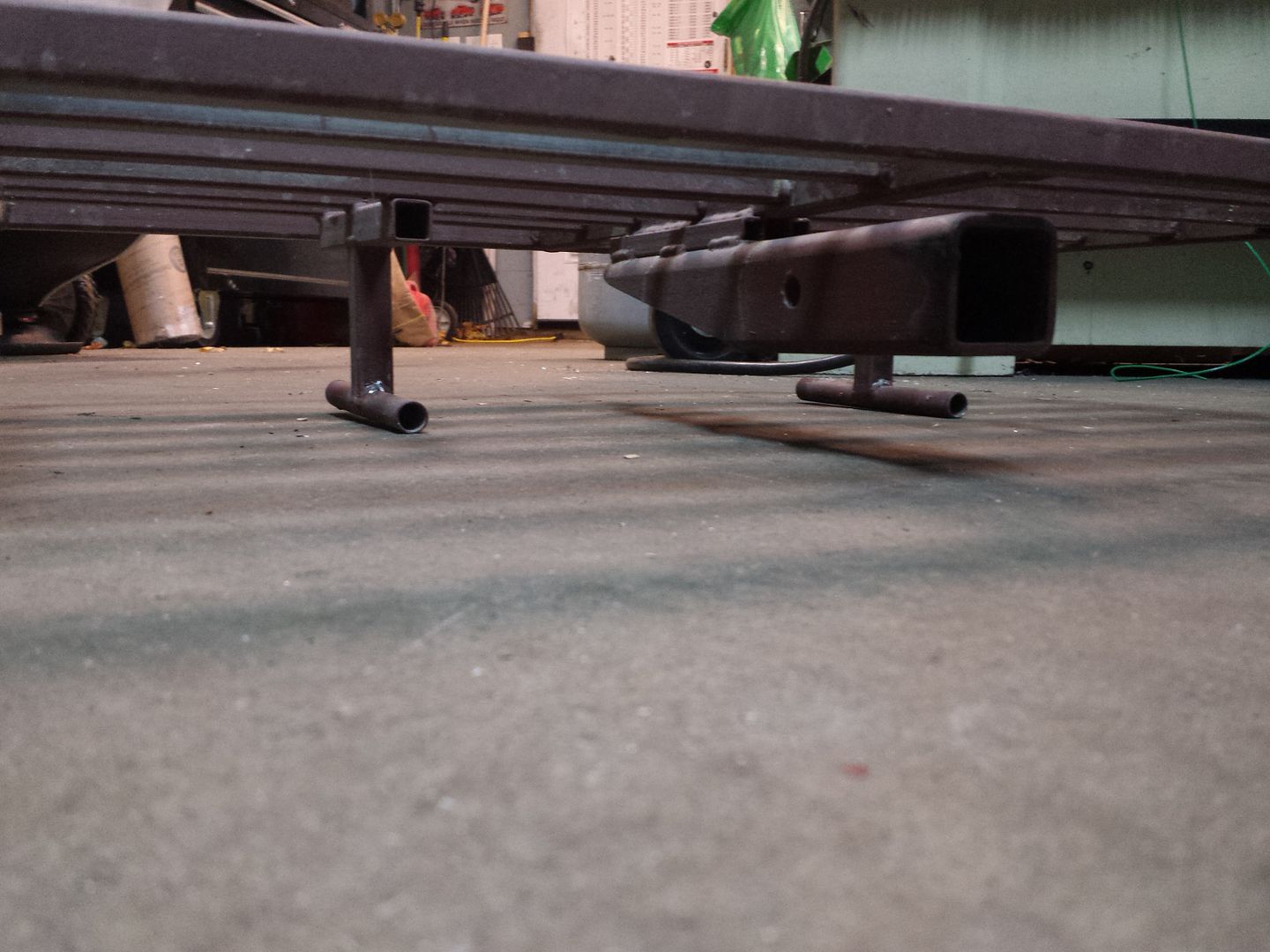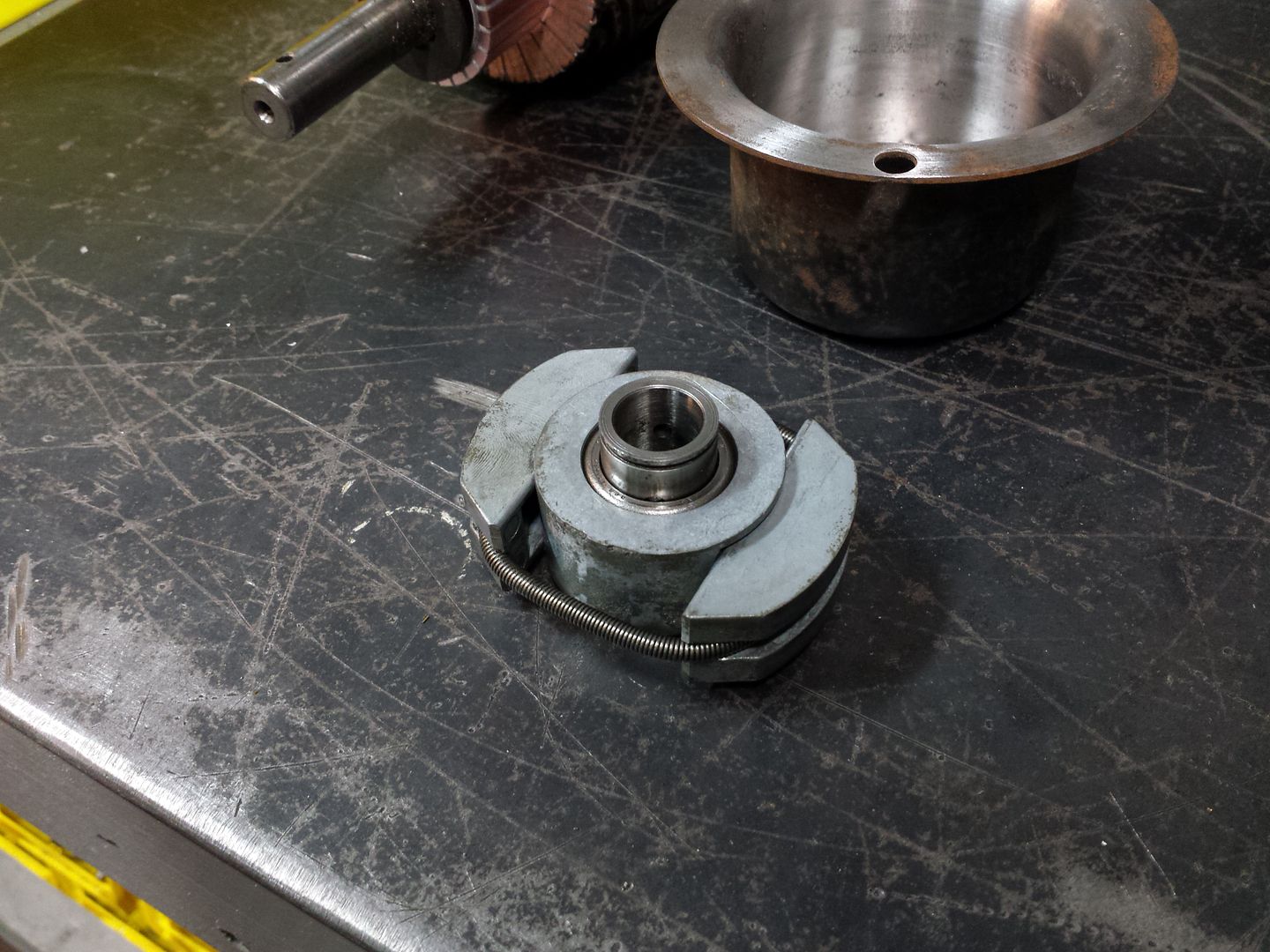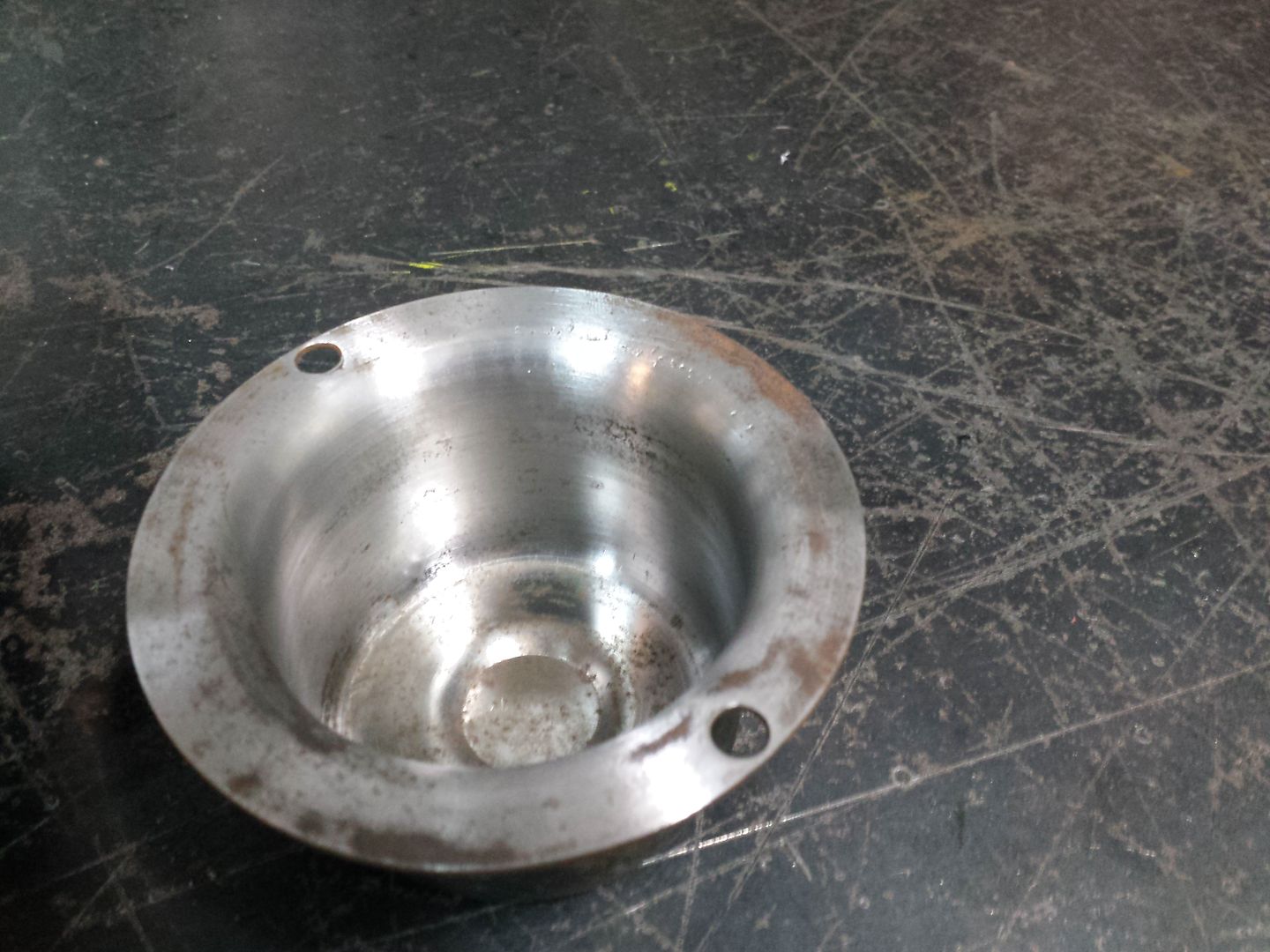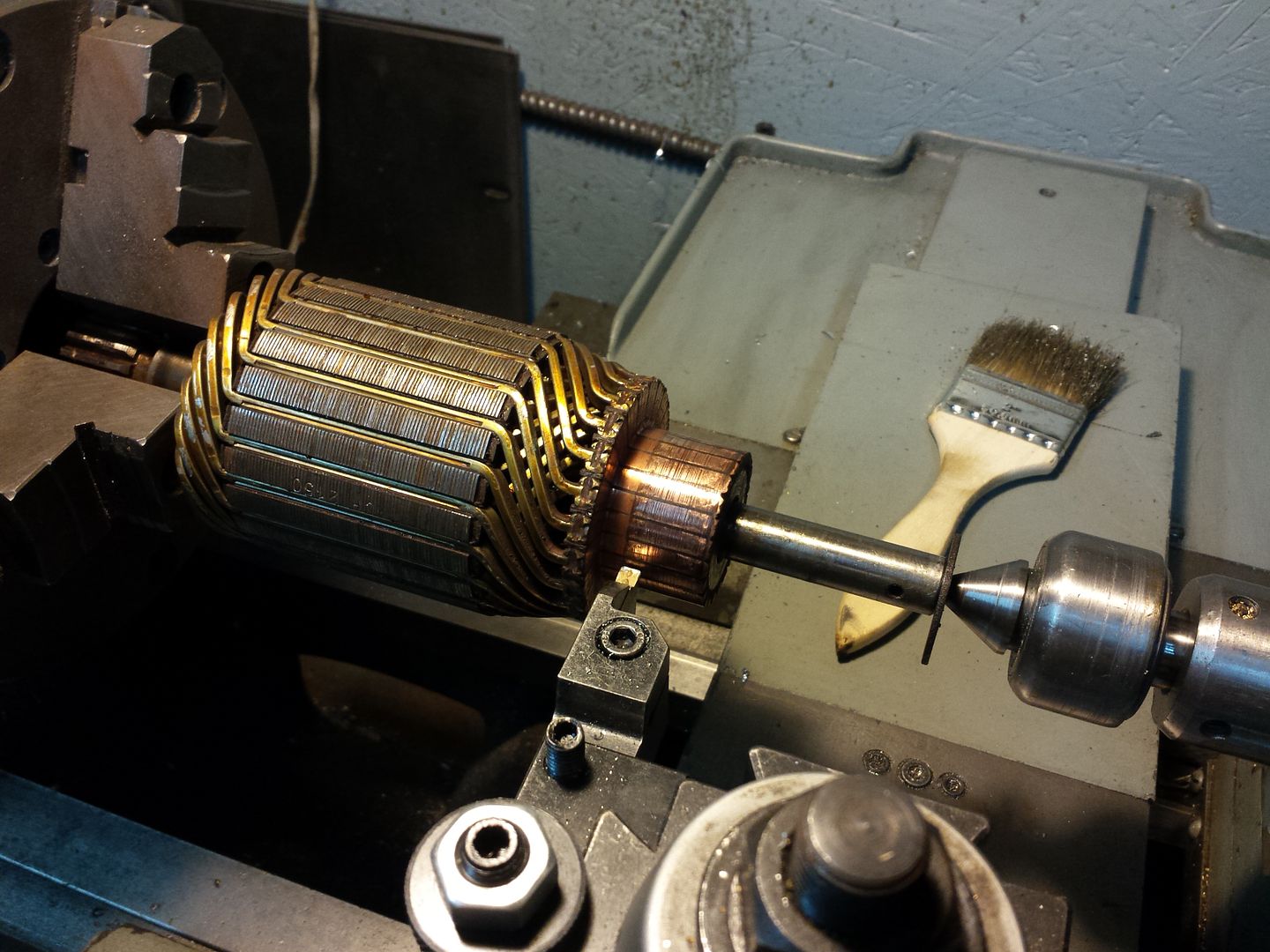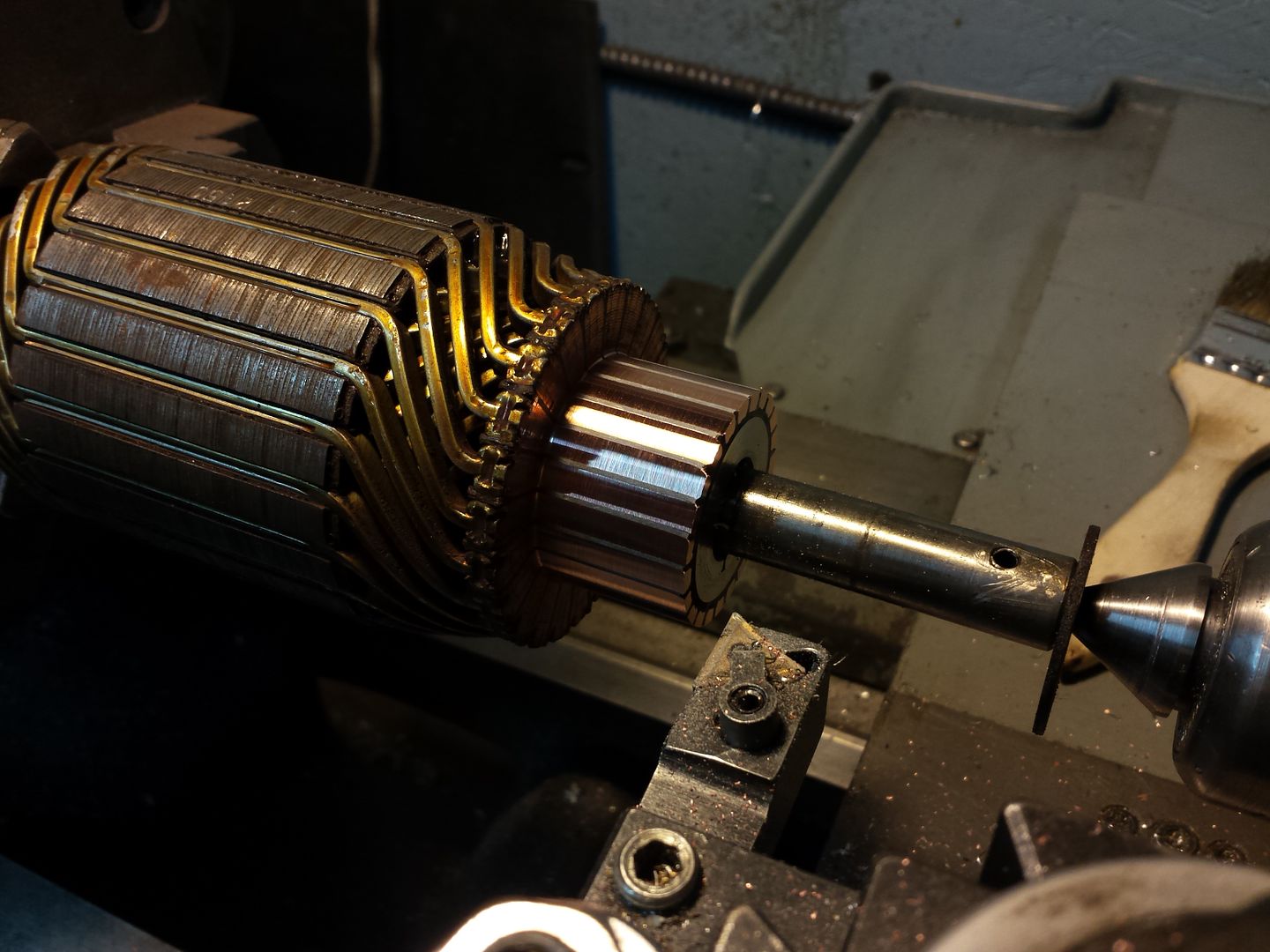The motor brake was a centrifugally expanding set up as you said but it only takes a 1/4 turn or so to stop it dead. Think chainsaw brake, not bicycle coaster brake or chainsaw clutch. Remember the motor is spinning a lot faster than the drum (134:1) so only a slight tug on the cable will stop the whole works. It does not merely slow it down either; it's a dead stop and takes a bump of the motor in forward to release. That brake is probably the most effective part on the whole winch! Also remember that it's only in use with the clutch engaged (motor and drum connected) so it's not to slow the motor it's to stop the whole winch. There is lots of talk about the armatures in the old motors being prone to exploding if oversped by pulling the cable out with the clutch engaged so it would seem logical that the brake be there to prevent that and it does, but not by controlling speed, rather by preventing the winch (and thus the motor) from turning at all in reverse with the clutch engaged. I used my old winch and put fresh brake material on the band of the big external brake and it still would creep back with a 5k lb Bronco on even a slight slope if you disengaged the clutch with a load on. The external brake just isn't enough. The only way to then release the brake was to clutch in, run the motor to tension the cable and let the brake relax, then release the brake while the motor had the load, reapply the brake, then clutch out, then brake on, clutch in, motor on, etc. I think that's why so many of the old brake levers got broken: someone hit them trying to get the brake to release under tension instead of clutching in and putting the load on the motor instead of brake after the load had "rolled-back" onto the brake, setting it deeper than could be released by the brake handle alone. Frankly if you're winching uphill (like loading onto a trailer) it's a real pain if you stop the load before the cable relaxes because you can't just back the motor out to release cable tension, you have to suck it up, brake the load (not the winch's brake, but a wheel chock, parking brake, etc) then disengage the clutch to unhook from the load, then re-engage the clutch and spool the cable with the motor. Having reverse is AWESOME unless you strictly plan to self-recover on level ground like from a mudhole or something. If there's a slope involved or you might be pulling someone else out, a vehicle that doesn't run perhaps, you'll wish you could release tension on the cable pretty often. If you do self-recover with the winch: you run the winch under load till your tires can pull you forward faster than the winch can spool in or let off the switch on the remote while driving so you the cable gets some slack in it, then you can unhook. If you pull yourself with the winch too close to your anchor you have to get pretty creative to get things unhooked if you don't have reverse. I once helped a guy DIG UP his Pull-Pal when his solenoids failed and he couldn't reverse his motor and he REFUSED to reverse it manually by just swapping the cables from one post to another ("that'll mess up my winch!") (His winch.that already didn't work). He was basically parked ON TOP OF the buried anchor with no way to release cable tension but dig up the anchor or cut the cable. Looking back on it the next day I hated myself for not thinking of airing down the front tires more, probably would've made all the difference.

